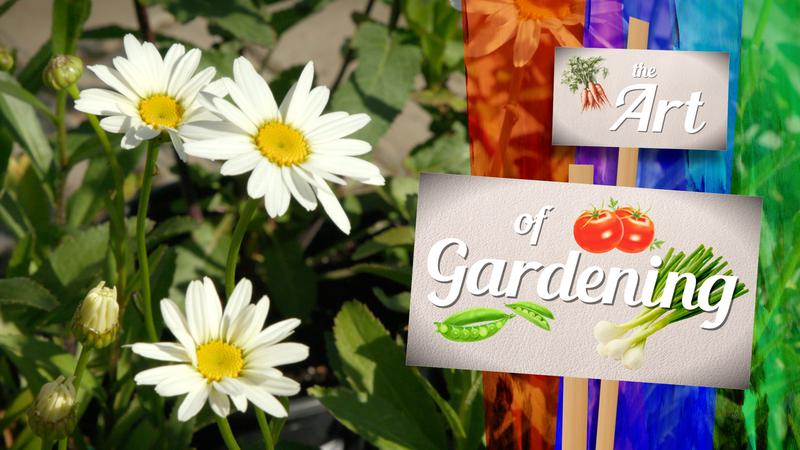
Thompson Shuswap Master Gardeners conduct annual bee count
KAMLOOPS — Much has been made about the plight of honeybees across Canada and all over North America, but much less is known about native populations of pollinators.
This weekend, the Kamloops Shuswap Master Gardeners Association, in collaboration with the TRU Biology Department, spent Saturday morning at McArthur Island Park to count bees. The hope was to identify which bees are present in our city, in order to help recognize the health of native bee populations.
The skies overhead looked ominous Saturday morning. But that didn’t deter the handful of citizen scientists at McArthur Island Park’s Butterfly Garden from stalking their targets.




